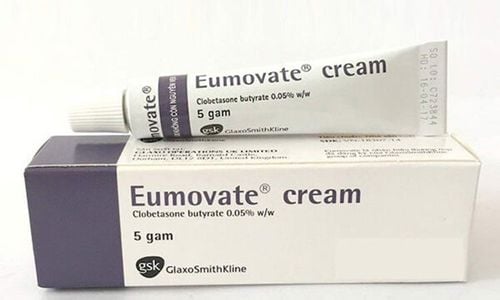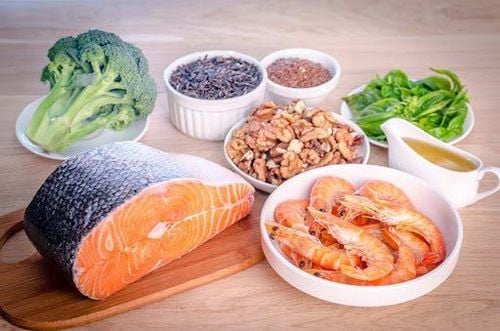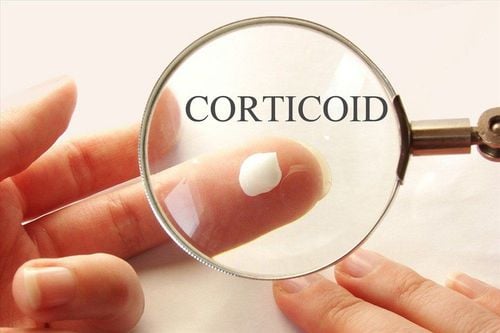This is an automatically translated article.
The boom and popularity of organic products started in the last 2 decades with a trend that has not stopped increasing until now. Consumption of organic food is one of the ways to protect the environment and an open solution to human health problems. However, their prices are often much higher than conventionally grown foods. So what are organic foods and how are they made?
1. What is organic food and how is it made?
To learn what organic food is, we will first come to how to create organic products that is organic farming. Organic agriculture is a production system that puts the health of the soil, ecosystems and people first. It is based on ecological processes, biodiversity and cycles adapted to local conditions, rather than using influencing factors with many side effects. An organic farm would not use a certain method, substance, or otherwise avoid but a farm that mimics the natural system's integrity, independence and interdependence. between organisms.
Organic products are products that are grown and processed from organic agriculture without the use of pesticides, synthetic fertilizers, as well as crops that do not contain genetically modified genes. Animals are raised on organic farms without the use of antibiotics and growth promoters, are fed with other organic produce, and are kept in an environment consistent with their natural behavior (eg. grazing in the fields, actively eating naturally). Processed organic food that does not contain synthetic additives.
Detailed comparison of organic and non-organic products:
Organic products: Grown with fertilizers of natural origin such as manure, compost. Weeds are controlled naturally (crop rotation, hand weeding, mulching and tilling) or with approved organic herbicides. Pests and diseases are controlled by natural methods such as using natural enemies, using traps and pesticides of natural origin. Conventionally grown products: Use chemical fertilizers and chemical herbicides to control weeds and pesticides to treat pests. Organic meat, milk, eggs: Cattle are provided with all organic, growth hormone-free and genetically modified feed. Use natural methods such as clean cages, rotational grazing and a healthy diet to prevent disease. Animals must be grazed outdoors Meat, milk, eggs are obtained from livestock and poultry raised by conventional methods: provided with growth hormones, non-organic feed, or genetically modified. Use antibiotics and other drugs used to prevent illness in animals. Cattle may or may not be grazed outdoors. Watch now: What is organic food and is it better than other foods?
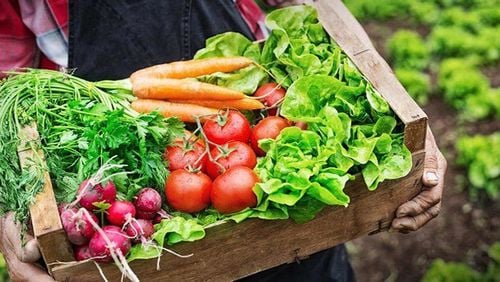
Thực phẩm hữu cơ là sự lựa chọn của nhiều gia đình hiện nay
2. Is organic food good? Should you buy organic food?
2.1 For organic soils Soil improvement farming techniques such as rotation, intercropping, symbiosis, cover crops, organic fertilization and as little tillage as possible. These help create a favorable environment for soil animals and plants, improve soil formation and structure, and create more stable systems. The nutrient and energy cycle is increased, the soil's ability to retain nutrients and water is enhanced, compensating for the absence of mineral fertilizers, and controlling soil erosion. The time the soil is subjected to corrosive forces is reduced, the biodiversity in the soil is increased and the loss of nutrients is reduced, helping to maintain and improve soil productivity.
2.2 For Water Resources In many agricultural areas, contamination of groundwater by chemical fertilizers and pesticides is a major problem. In organic production, they are replaced by organic fertilizers (e.g. compost, animal manure, green manure) and through the use of biodiversity (in terms of cultivated species and permanent vegetation), enhancing soil structure and water infiltration into the soil. Well-managed organic systems are better able to store nutrients, significantly reducing the risk of groundwater contamination.
2.3 For climate change Organic agriculture contributes to reducing greenhouse effect and global warming through its ability to sequester carbon in the soil. Many of the management practices used by organic agriculture (e.g. minimal tillage, return of crop residues to soil, use of cover crops and rotations, more integration of stationary legumes) nitrogen), increases the return of carbon to the soil, improves yields, and favors carbon storage.
2.4 For Biodiversity Organic farmers are both custodians and users of biodiversity at all levels. At the genetic level, traditionally adapted varieties and seeds are preferred because of their higher disease tolerance and tolerance to climate stress. At the species level, diverse combinations of plants and animals optimize nutrient and energy cycling for agricultural production.
At the ecosystem level, maintaining natural areas within and around organic fields without the use of chemical inputs creates suitable habitats for wildlife. The regular use of underutilized species (usually crop rotation to create soil fertility) reduces erosion of agro-biodiversity, creating a healthier gene pool - the basis for adaptation. doubt in the future. The provision of food structures, shelter, and the absence of pesticides attract new species to the organic farm (both permanent and migratory).
By choosing organic products, consumers through their purchasing power promote a less polluting agricultural system. Reduce the potential costs of agriculture to the environment due to natural resource degradation.
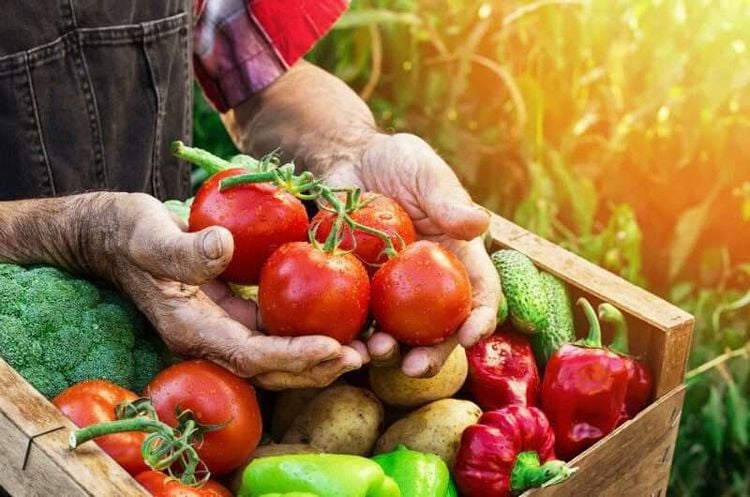
Thực phẩm hữu cơ đem lại nhiều lợi ích cho con người
2.5 Is organic food good for humans? Growing organic foods can have a huge impact on your mental and emotional well-being.
Nutrition: Studies on the nutrient content of organic foods have mixed results due to differences in ground cover and maturity of organic farming. Nutrient content also varied between farmers and the study period. However, a review of multiple studies found that organic foods provide significantly greater levels of vitamin C, iron, magnesium and phosphorus than their non-organic counterparts. muscle . Despite their higher nutrient content, they also have significantly lower levels of nitrates and pesticide residues. With the exception of wheat, oats, and wine, organic foods generally provide greater concentrations of several important antioxidants (anthocyanins, flavonoids, and carotenoids). In vitro studies of organic fruits and vegetables demonstrate that organic foods have higher antioxidant activity, inhibiting the proliferation of several cancer cell lines. In addition, organic food has a recognized effect on atopic dermatitis.
In terms of freshness, organic foods prevail because they do not contain additives, but their shelf life is often shorter than conventional products.
Thanks to high nutritional content, no pesticides or genetic modification, organic food sources are increasingly recommended. However, these foods are often expensive and have a short shelf life.
Follow Vinmec International General Hospital website to get more health, nutrition and beauty information to protect the health of yourself and your loved ones in your family.
Please dial HOTLINE for more information or register for an appointment HERE. Download MyVinmec app to make appointments faster and to manage your bookings easily.
Reference source: webmd.com





